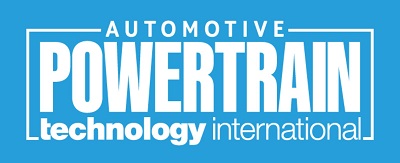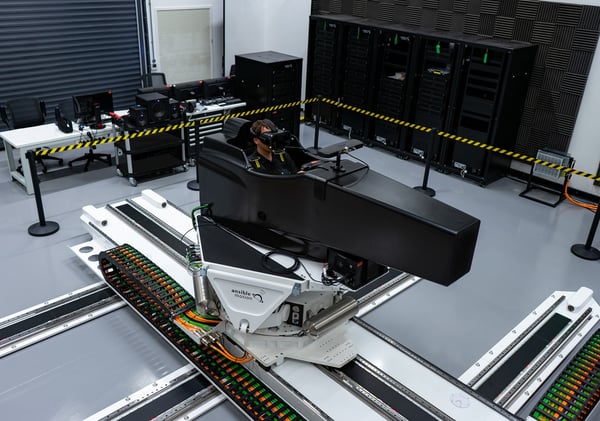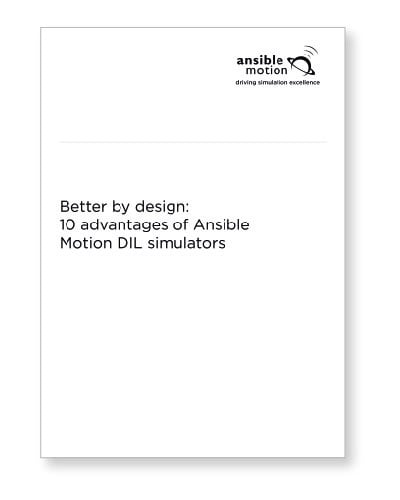 Statistician George Box famously observed that, ‘All models are wrong, but some are useful.’ In reality, of course, the accuracy of any model is on a sliding scale, as is its usefulness. Engineers have long been looking at the crossover point between the two – the point where the benefits of a simulation outweigh the time, money and effort that need to be spent on it.
Statistician George Box famously observed that, ‘All models are wrong, but some are useful.’ In reality, of course, the accuracy of any model is on a sliding scale, as is its usefulness. Engineers have long been looking at the crossover point between the two – the point where the benefits of a simulation outweigh the time, money and effort that need to be spent on it.
In recent years, the trend has been for this point to be pushed further and further back. Increasingly sophisticated simulation techniques and an exponential growth in computing power have led powertrain manufacturers to front-load their development with simulation – reducing the need for physical testing and shifting it earlier in the timeline.
The aim of x-in-the-loop (XIL) testing is to bridge the gap between the two. By tapping in to the efficiency savings of virtual testing as much as possible, but adding ‘real’ elements where they play a critical role.

This applies to even the simplest internal combustion engine. But it becomes particularly critical with electric and hybrid powertrains. It’s a point raised by Ansible Motion’s team lead, Ian Haigh:
“The need for software-in-the-loop (SIL) and hardware-in-the-loop (HIL) testing, which are already integral to traditional ICE powertrain development, becomes amplified when it crosses the fence into electric powertrains. Electric powertrains are a system-level controls and energy management challenge. Layered on top of that are specific technology opportunities such as throttle-by-wire and brake-by-wire systems. It’s a case of more ECUs with more code for more features. Innovative opportunities abound. . . . they invite complexity of another sort: the codification of control strategies.”
Virtual testing enables the logic for these numerous control functions to begin testing from the very earliest days of the powertrain’s development, swiftly followed by the first iterations of the software itself. This process starts with model-in-the-loop (MIL) testing, with a basic representation of the control algorithm run in a package such as Simulink.
The next step is SIL, which essentially aims to ensure that nothing is lost in translation when control logic is compiled into lines of code. Following that, HIL testing typically begins with the code flashed onto physical ECU hardware, but often with the remaining system still modeled in the virtual world. And then, of course, comes the inclusion of what is perhaps the most important subsystem in any passenger vehicle: the human, which is included with driver-in-the-loop (DIL) simulation.
Modern DIL simulators can impart very subtle changes in vehicle behavior to a very high degree of accuracy. Attributes such as NVH and drivability can be studied right back to the concept phase – often long before prototypes are available. The observations taken from these tests aren’t just subjective (although factors such as brand feel are hugely important in the current disruptive market). They also have a significant role to play in quantifiable testing, such as Real Driving Emissions studies or the formulation of energy management strategies, where human behavior is a key factor. Haigh continues:
“At the end of the day this is where the buck stops. Marketplace – i.e. human – acceptance of any new systems is the final arbiter. DIL is an increasingly important tool in the toolbox because it allows real people – the end users – to interact with proposed systems. And that gives the most representative inputs for SIL and HIIL, with human perceptions and human responses.”
Read the full story on the Automotive Powertrain Technology International website.



